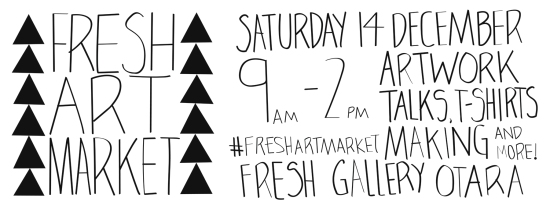Positioning #Polyfest with an Ethical Compass


I thought about writing a lengthier response to the New Zealand Herald’s Polyfest themed fashion editorial published last week, but the intellectual energy I started to exert far outweighed the substance and meaning of this photo shoot.
ASB Polyfest, like Auckland’s Pasifika Festival, has been photographed to death. Everything smiling, waving, colour-saturated, bare-chested and culture adorned has been snapped, posted, shared, tagged and promoted a million times. The colour (and colour) of Polyfest adds much needed flavour to a lot of publications and websites and the Polyfest theme of the New Zealand Herald’s fashion editorial entitled, GLOBAL WARMING, does just that.
The photo shoot depicts a central model wearing a selection of ‘ethnic’ outfits including pieces by New Zealand designers, Balinese beads and Polynesian mats, feathers and garlands. In each photo, she is flanked by ‘ethnic’ people, wearing their own outfits which are largely performance costumes; the model’s human context are performers and parents from Polyfest. She models and the context performs; it’s an interesting juxtaposition of constructed awkwardness, commerce versus culture, connection versus disconnection, power and the Gaze.
I was pleasantly surprised to see that the young people pictured alongside the editorial’s central model have been named. Their schools and some information of their cultural attire is mentioned too. Following this detail, the model’s outfit is broken down financially, piece by piece, dollar for dollar. But there is no financial value assigned to the costumes of the performers.
Through discussions online and off with people who share sentiments of frustration, disappointment and general irritation at this photo shoot, the representation of Pacific Island young people in a mainstream media publication in New Zealand also inspires pride amongst some. The resemblance to 19th and 20th century constructed portraits of Pacific Islanders is slightly haunting, but perhaps its reflection on 21st century cultural politics is even more disturbing.
Whilst the stylist has approached me personally to validate his intentions, research and academic enquiry that has informed this photo shoot, I like many have responded not only to its visual language, but to the murky politics of representation of the marginalised Pacific Island ‘Other’ by dominant culture. I’ve often said that South Auckland’s ASB Polyfest is the most significant Pacific cultural event in New Zealand for its sheer numbers, its energy and its history. It started in 1975 at Sir Edmund Hillary College in Otara and has always centralised Polynesian young people, their families and communities in a celebration of cultural pride and excellence. The use of Polyfest as a backdrop, a prop shop and human landscape to showcase expensive ethnic-inspired fashion is not glaringly offensive, but definitely very uncool.
In a month that has seen The Big Idea, a New Zealand creative industries website, publish a mind-bogglingly offensive review of Pacific poets from South Auckland, and TV3 / Newstalk ZB broadcaster Rachel Smalley declaring all women over 75kg a ‘load of lardos’, it feels like New Zealand is becoming an increasingly inhospitable place to be big, brown, vocal and culturally entrenched. This excellent blog post by Jessica Hansell / Coco Solid has been the highlight of my month – thank God for Pacific Island writers and thinkers, and thank God for the social networks and commentary that enable and foreground alternative perspectives on Pacific Island lives and experience in Aotearoa.

















